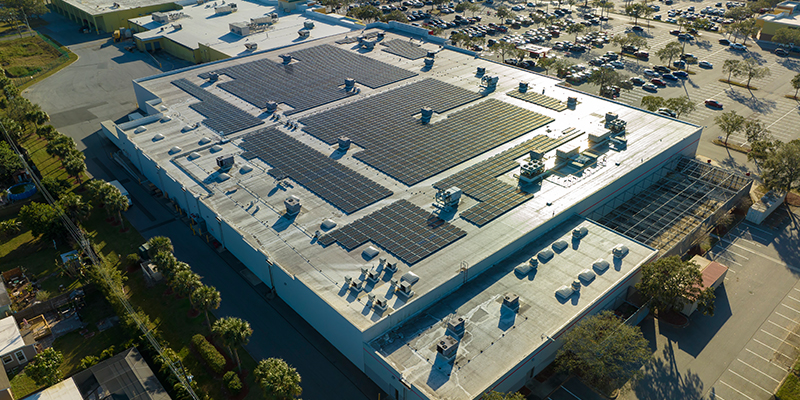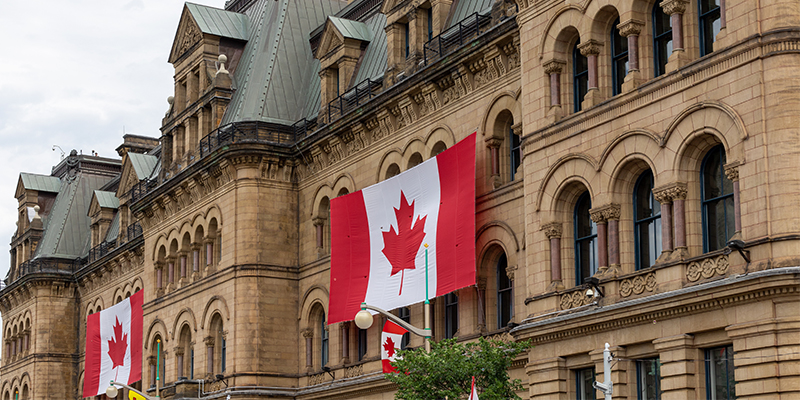Opening with an image of a sailboat, National Forums Symposium keynote Heidi Learner said the photo captures the whipsaw tone of economic news today, with sudden shifts in unexpected directions.
Learner is head of innovation with Altus Labs and spoke to 800+ NAIOP National Forums members during their annual meeting this week in Boston. Here are some key takeaways from her remarks:
- Unemployment has hit 50-year lows, but payroll additions are slowing and we’re not creating jobs at the same pace. Inflation remains high but has dropped from the 9.1% peak seen last summer.
- Real (inflation-adjusted) spending in April 2020 was 18% lower than in February 2020; but by March 2021, it had returned to February’s level. The outlook for spending is key because consumer spending is approximately two-thirds of total economic output.
- Bond market volatility is at a multiyear high, and the pace and path of interest rates is really uncertain. This type of uncertainty isn’t good for anyone but volatility traders.
- The Federal Reserve (Fed) pursues two goals: price stability (controlling inflation) and full employment (labor conditions). They go after these dual mandates by controlling interest rates. Borrowing costs are affected by underlying government interest rates, but also credit supply and demand.
- Tightening financial conditions are the main risk to commercial real estate. Financial conditions that determine availability of funding or conditions associated with borrowing or the cost of borrowing, which affects the levels of deal activity and whether existing owners are forced to sell, as well as market pricing.
- Credit conditions were tightening even before recent bank failures, but bank failures have pushed out spreads and added to the pain of higher rates. Office loans have seen the largest increase in spreads, increasing almost 25 basis points from the beginning of March 2023 through mid-April. Notably, loan spreads formultifamily, previously seen as the most stable property type, have also widened and increased by 20 basis points over the same period.
- The real pain for the banks could begin next year, with U.S. commercial property loans set to maturing nearly $900 billion through 2024. Office is the biggest risk here: banks held more than $700 billion in loans on office buildings and downtown retailers in the fourth quarter of last year, according to the Fed, and more than $500 billion of that was extended by smaller lenders.
Learner closed by noting that while commercial real estate is frequently called out in headlines as a scapegoat for the nation’s economic woes, the unsteady economy is not the fault of commercial real estate. In fact, the economic tightening is compounding several structural issues that the industry is already contending with, like the future of office use and the continued ripple effects of the COVID-19 pandemic.








